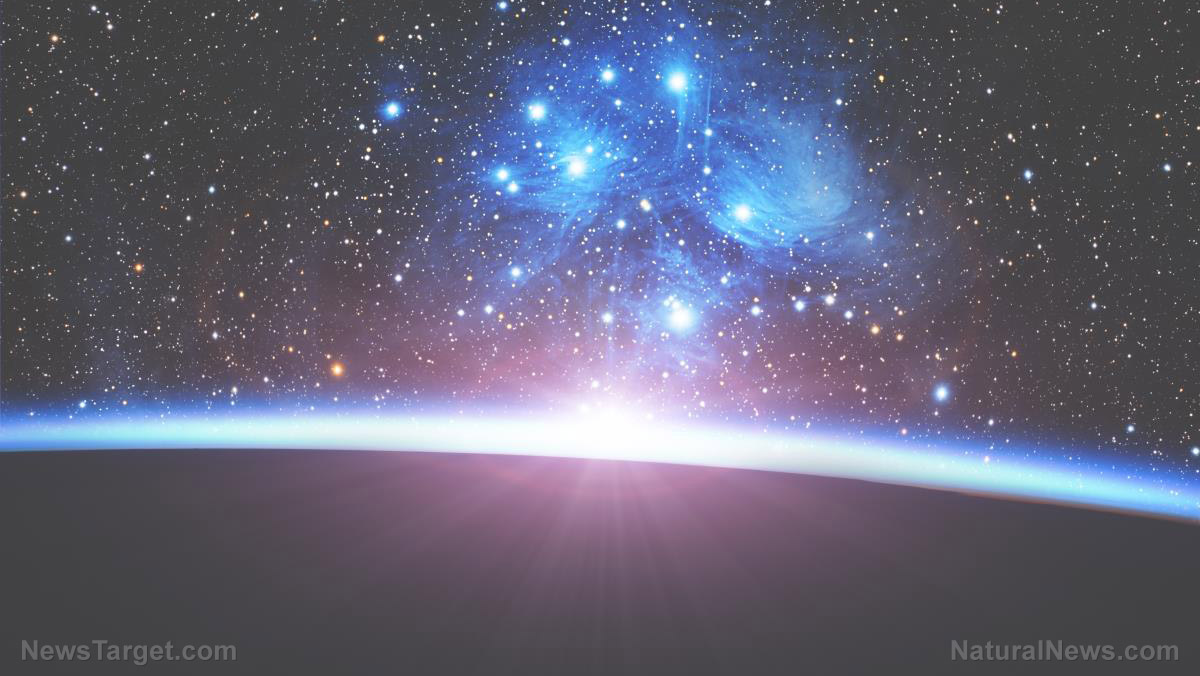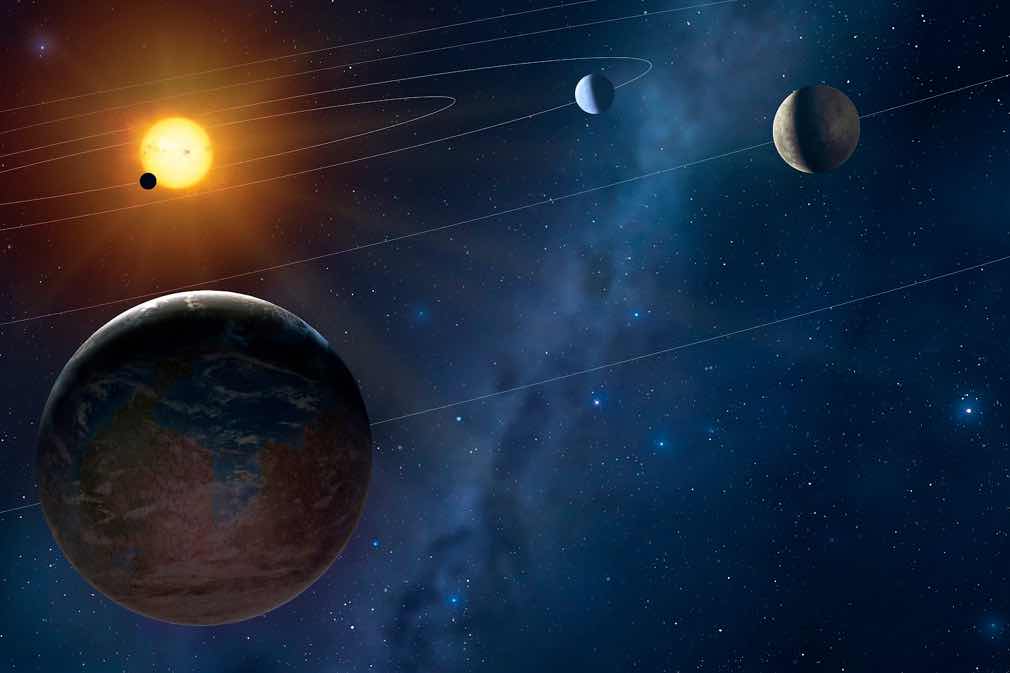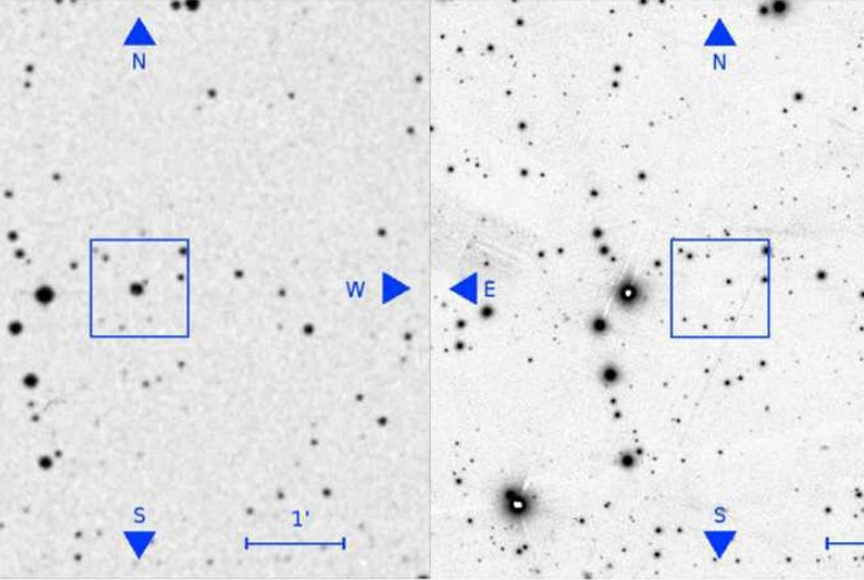Astronomers detect the earliest example of a “galactic merger”: The two galaxies spotted crashed together 13 BILLION YEARS ago
02/17/2020 / By Arsenio Toledo

A galactic merger occurs when two or more galaxies collide. These kinds of galaxy interactions are fairly well-known, as scientists have already found several galaxies they believe are in the process of forming or were formed due to a galactic merger. Even the Milky Way is currently in the process of merging with another galaxy, the Sagittarius Dwarf Spheroidal Galaxy. Scientists even believe that the Milky Way and Andromeda galaxies are set to collide in about 4.5 billion years. However, a team of researchers believe that they have discovered the earliest known example of a galactic merger.
The researchers, who are from Waseda University in Tokyo, believe that the two galaxies, known collectively as B14-65666, began their slow merger when the whole universe was just around a billion years old. This not only makes their merger the oldest known example, but it also makes their two galaxies among the first celestial bodies to ever exist.
Their findings were published in the Publications of the Astronomical Society of Japan.
The story of B14-65666
B14-65666 wasn’t discovered by the team from Waseda. The Hubble Space Telescope had previously encountered the object. But when the Hubble observed it, it appeared as two objects. The scientists at the time believed that what they were looking at were two separate star clusters. This is because the Hubble was limited to viewing it through the ultraviolet spectrum, which made it appear as two distinct objects.
However, when the Waseda team studied the object, they used one of the world’s most sensitive radio telescope, the Atacama Large Millimeter/submillimeter Array (ALMA), located in Chile’s Atacama desert.
ALMA detected radio signals that indicated the presence of oxygen, carbon and dust clouds. These three signals were the key to unlocking B14-65666’s mystery. (Related: Scientists are actually losing ground on their understanding of dark matter, as new research contradicts previous findings.)
Further investigation revealed that Hubble was correct when it detected that there were two objects. However, the carbon, oxygen and dust signals discovered by ALMA showed the Waseda researchers that while the two blobs were in fact distinct, they formed a single system, suggesting that what the researchers were viewing was a galaxy merger.
The signals caught by ALMA further indicated that the two galaxies were moving at different speeds. The researchers believe that the total mass of B14-65666 is around less than 10 percent of the Milky Way’s. Even though it’s a lot smaller than the Milky Way, the merger is making it produce stars 100 times more actively. Observations detected high temperatures and brightness in the dust, which the researchers believe is probably a result of the very powerful radiation produced when stars are forming.
“With rich data from ALMA and the Hubble Space Telescope,” said Takuya Hashimoto, a postdoctoral researcher at Waseda and a member of the Japan Society for the Promotion of Science in a press release, “combined with advanced data analysis, we could put the pieces together to show that B14-65666 is a pair of merging galaxies in the earliest era of the universe.”
The Waseda team plans to continue their research. Akio Inoue, a member of the team, said that their next step is to search for signs of nitrogen and possibly even traces of carbon monoxide. “Ultimately,” Inoue adds, “we hope to observationally understand the circulation and accumulation of elements and material in the context of galaxy formation and evolution.”
Sources include:
Tagged Under: astronomy, cosmic, galactic collision, galactic merger, Galaxies, galaxy merger, Milky Way galaxy, outer space, research, Space, Universe, weird science
RECENT NEWS & ARTICLES
Cosmic.News is a fact-based public education website published by Cosmic News Features, LLC.
All content copyright © 2018 by Cosmic News Features, LLC.
Contact Us with Tips or Corrections
All trademarks, registered trademarks and servicemarks mentioned on this site are the property of their respective owners.



















